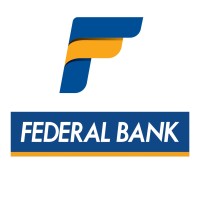
Bank of India
Welcome to Bank of India's official LinkedIn page! Join us & stay tuned to learn about our products, exciting offers & latest happenings. Bank of India was founded on 7th September, 1906 by a group of eminent business professionals from Mumbai. The Bank was under private ownership and control till July 1969 when it was nationalized along with 13 other banks. Beginning with one office in Mumbai, with a paid-up capital of Rs.50 lakh and 50 employees, the Bank has made a rapid growth over the years and blossomed into a mighty institution with a strong national presence and sizable international operations. In business volume, the Bank occupies a premier position among the nationalized banks. The Bank has over 5100 branches in India spread over all states/ union territories including specialized branches. These branches are controlled through 68 Zonal Offices and 12 NBG Offices. There are 23 foreign branches, 4 foreign subsidiaries, 1 representative office and 1 joint venture abroad.






